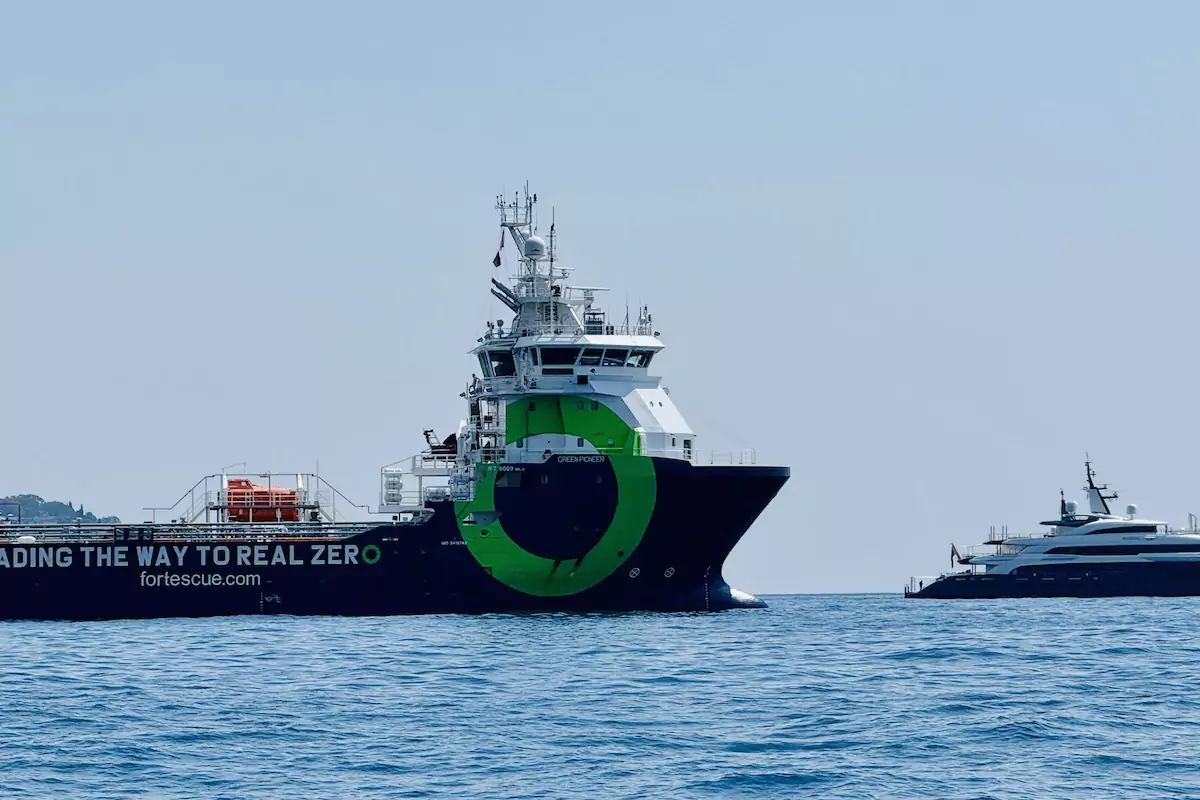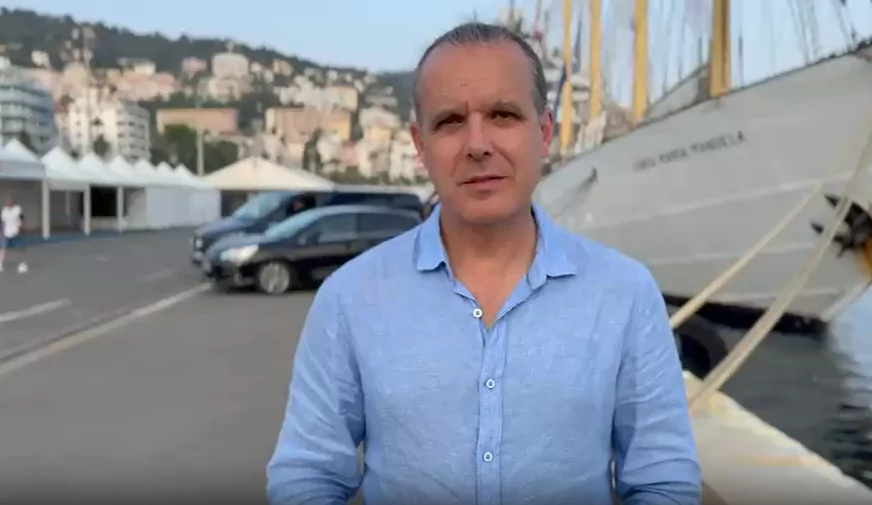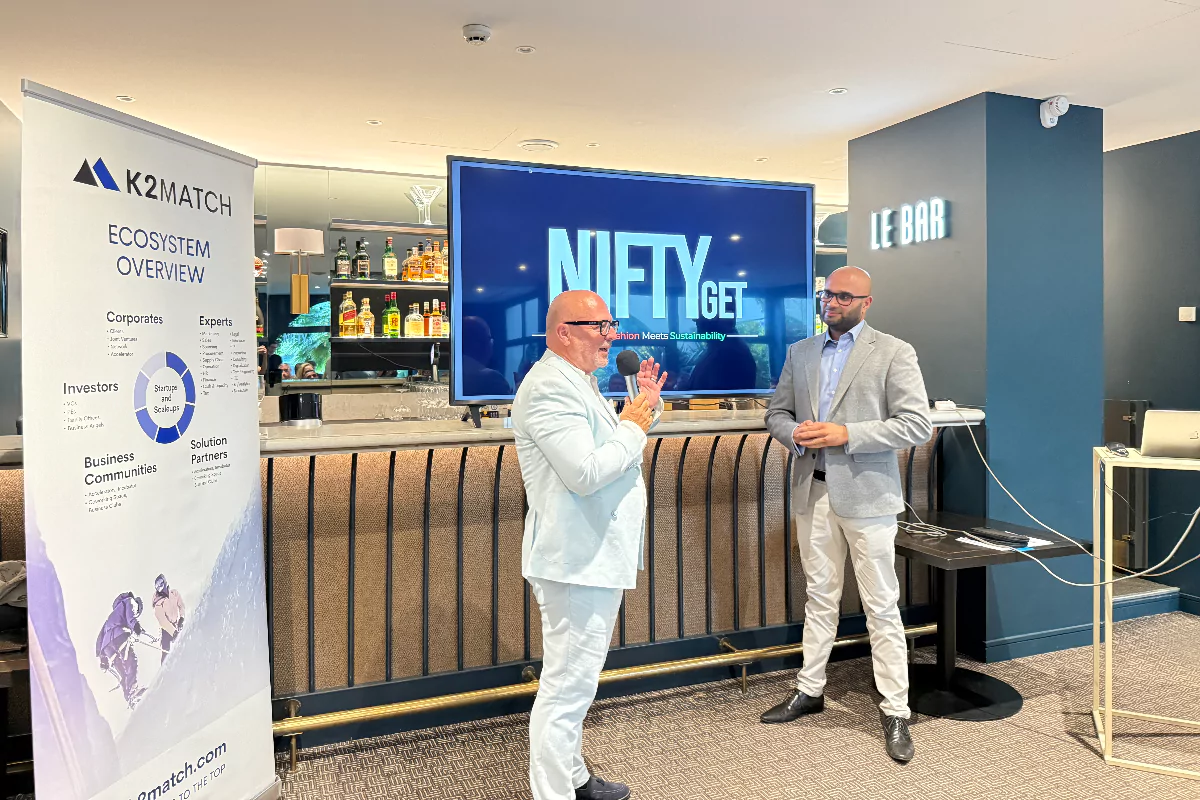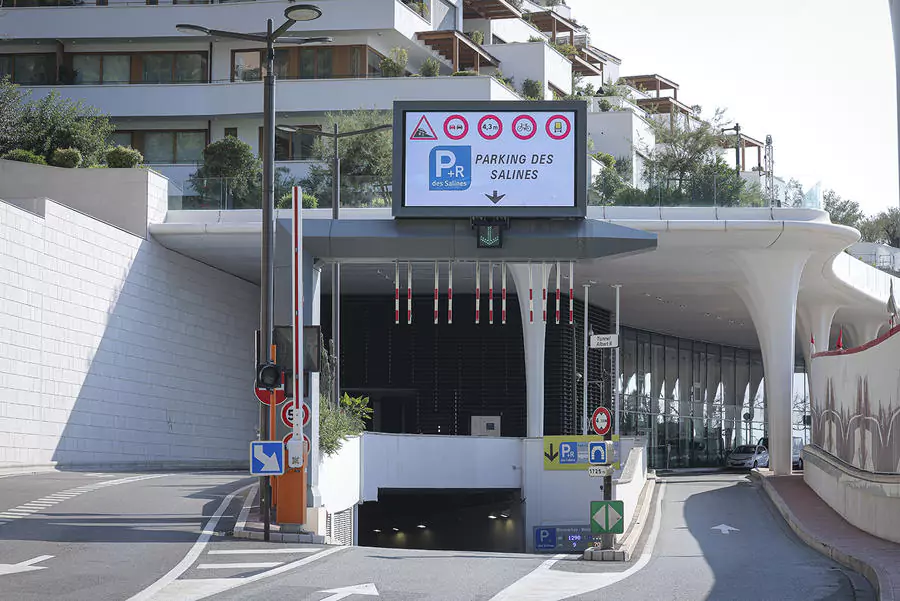A towering dark-hulled vessel loomed off Monaco’s coast this past weekend, its presence impossible to ignore. Emblazoned with a giant fluorescent green zero and the words Leading the way to real zero, the Green Pioneer isn’t just a striking visual statement—it’s the world’s first ammonia-fuelled ship, and it docked in the Principality as a bold symbol of how big industry can drive climate action from the front.
Docked in Monaco for the Blue Economy and Finance Forum, the Green Pioneer brought with it more than cutting-edge engineering. It brought a message: if one of the world’s largest mining companies can reinvent its shipping operations for the climate era, so can everyone else.
The maritime sector is responsible for nearly 3% of global greenhouse gas emissions, largely due to the use of heavy fuel oil—an extremely polluting fossil fuel. Alternatives like LNG (liquefied natural gas) and biofuels have gained attention in recent years, but neither offer a long-term solution. LNG still emits CO₂ and leaks methane, a far more potent greenhouse gas. Biofuels, while cleaner, face scalability issues and competition with food crops.
Ammonia, by contrast, contains no carbon atoms, meaning that when burned correctly, it produces no carbon dioxide. It’s also already widely traded globally for use in fertilisers, giving it a built-in infrastructure base. “Ammonia doesn’t have a carbon molecule, which is perfect,” Andrew Hoare, Fortescue’s Head of Green Shipping, told Monaco Life’s Cassandra Tanti. “So we have set out to show that ammonia can be used as a very effective marine fuel.”
The Green Pioneer is powered by four engines, two of which have been converted to run on ammonia. This dual-fuel approach allows the ship to continue operating safely while testing ammonia propulsion under real-world conditions. Early land-based tests in Perth confirmed the viability of ammonia combustion, and in 2023, the ship completed sea trials and docked in Dubai for COP28 as a live demonstration of the future of low-emissions shipping.

No rulebook, no delay
Unlike LNG and methanol, ammonia had no formal regulatory framework for use as a marine fuel when Fortescue began this project. Rather than wait, Fortescue acted. “There was no rulebook,” said Hoare. “So we approached Singapore and said, ‘We’ll be burning ammonia in this ship in your port within six months’.”
Singapore responded, deploying 100 officials across various agencies to oversee the pioneering effort. Fortescue completed conversions in dry dock and sourced green ammonia locally for fuel. The ship sailed successfully in and out of Singaporean waters, and the demonstration helped fast-track a major regulatory milestone: in December 2024, the International Maritime Organisation (IMO) approved ammonia as a marine fuel, years ahead of schedule.
Still, full-scale commercial use remains restricted. Ammonia fuel is currently only allowed in certain regulated port areas. International protocols for open sea use are still being developed, meaning further advocacy and demonstration projects are essential.
The interest—and the hurdles
Since its conversion, the Green Pioneer has travelled from Singapore to Dubai, the UK, Belgium, the Netherlands, and now Monaco, with a flotilla sailing to Nice for the United Nations Ocean Conference. The interest it’s sparked along the way has been notable. At COP28, it was a quiet standout, drawing dignitaries and global leaders. At each port, regulators, investors, and industry figures have toured the ship to witness the technology first-hand.
Yet Hoare acknowledges the road ahead isn’t frictionless. The major obstacle is economic. Green ammonia, produced from renewable hydrogen and nitrogen, is significantly more expensive than traditional fuels. Fortescue sees this challenge as surmountable—particularly with the introduction of carbon pricing frameworks for shipping, which would make fossil fuels comparatively less attractive over time.
“Saving the planet is important,” said Hoare, “but it must also make financial sense for investors and consumers.” He added that shipping’s long vessel lifespans—typically 25 years—require clarity around future fuel standards to encourage companies to invest in alternative fuels now.
Next steps: scale, supply, and standards
Fortescue has already committed to a new ammonia-fuelled bulk carrier, a Newcastlemax vessel due for delivery in 2026 or early 2027. It will transport iron ore from Australia to China—one of the world’s busiest shipping corridors—and serve as the next major test of green ammonia at scale.
The company’s immediate goal is to secure green ammonia infrastructure along this route. Ports like Rotterdam already offer ammonia bunkering, but many others do not. Fortescue believes the key is focused investment in a few strategic trade routes rather than global overhaul. “We don’t need every port to change overnight,” said Hoare. “If we secure green ammonia availability along that corridor, we can make a big impact.”
At forums like the one in Monaco, Fortescue continues to press the point: corporates don’t need to wait for perfect conditions—they can create them. By investing early, acting decisively, and bringing regulators along, industry leaders can move faster than government policy alone.
As Hoare put it, “The technology exists. The policies are coming. We’ve proven it’s possible. Now it’s time to scale, to walk the talk, and to keep accelerating the pace of change—on the ocean and under it.”
Monaco Life is produced by a team of real multi-media journalists writing original content. See more in our free newsletter, follow our Podcasts on Spotify, and check us out on Facebook, Instagram, LinkedIn and Tik Tok.
Main photo credit: Cassandra Tanti, Monaco Life




